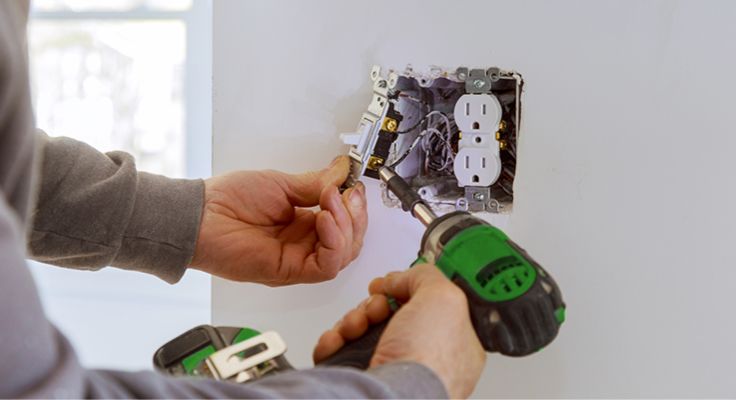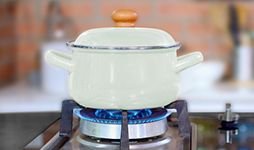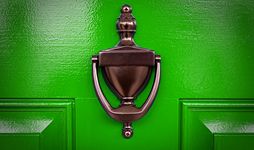Nobody likes a dodgy landlord: someone happy to charge their tenants rent, but cutting corners when it comes to maintaining their property, leaving it below standard and in disrepair – because, after all, they don’t have to live there.

The UK government has introduced a number of measures in recent years to reduce this kind of behaviour – for example, landlords can no longer look after the deposit themselves, in case they pocket the lot should a dispute arise.
Also, landlords need health and safety checks to ensure all the basics meet certain standards; in terms of electrics, that means acquiring an electrical safety certificate.
The Electrical Safety Council is the governing body that writes the necessary guidelines. It also publishes helpful literature, such as The Landlord’s Guide to Electrical Safety.
By applying the guidelines and earning a certificate, this is proof for tenants that all the electrics within a property are of a good standard and safe to use upon moving in.
The certificate is a requirement by law and, if asked by the authorities, a landlord must be able to produce the paperwork within seven days. Regular checking of the electrics is recommended, but only a legal requirement in certain properties.
Sockets and appliances
An assessment for a landlord’s electrical safety certificate makes the distinction between fixed installations – wiring, switches, sockets, light fittings – and appliances, including TVs, refrigerators and toasters.
Any appliances provided by the landlord must be included in these checks, to ensure they work and that there’s no risk of injury. They must also carry at least a CE marking: the manufacturer’s claim it meets EU standards.
If the property is an HMO (House in Multiple Occupation) – meaning living quarters aren’t entirely self-contained, with tenants sharing facilities (bathroom, kitchen) – then there’s a legal requirement for a periodic inspection every five years.
For other buildings, there is no legal obligation, although it’s recommended that inspections be carried out regardless. The Institute of Electrical Engineers also suggests carrying out a test whenever long-term occupancies comes to an end.
Booking an inspection
Any registered electrician can provide a landlord electrical certificate. The price for inspection will vary on the property’s size. Registered electricians work to the UK national safety standard (BS 7671) and, by presenting a safety certificate, they’re confirming that their work is in keeping with this. To find a registered electrician, visit the Electrical Compotent Person website.
Adding or removing electrics
As a landlord, every so often you might want to make changes to your property’s electrics, perhaps upgrading sockets or adding extra lights. As part of the government’s electrical safety rules introduced in 2005, all such work must meet the Building Regulations – a set of statutory requirements.
Part P of the Building Regulations outlines the requirements for electrical work, stating that it must either be pre-notified to your local authority or carried out by a registered electrician. It applies to any electrical modifications, including rewiring. The responsibility lies with you to prove all electrics within your property comply with Part P – a new electrical safety certificate might be issued once work is complete, or a minor works certificate if it’s considered a small job.
Using a registered electrician protects the work standards, ensuring design and installation requirements are met, with the ability to follow up if work is unsatisfactory. While not recommended, it is permissible to use non-registered electricians – provided a registered third party approves the work within five days of completion.
Landlord electrical safety
As well as earning your certificate, there are other precautions you can take with regards to electrical safety. Whenever you carry out an inspection, ensure all plugs, sockets and light switches are intact, and that any visible cables and leads remain in good condition.
By performing your inspection during the tenancy, you can double-check that plug sockets aren’t overloaded. Also, ask your tenants if everything is working okay; check they haven’t had any problems with bulbs blowing or sockets sparking, tripping the fuse box.
You should also test your fire alarms regularly – this doesn’t require specialist knowledge and can also be carried out by tenants themselves. Finally, keep a logbook recording the dates of all tests and ensure it’s kept up to date.
Find out more about our landlord insurance.



